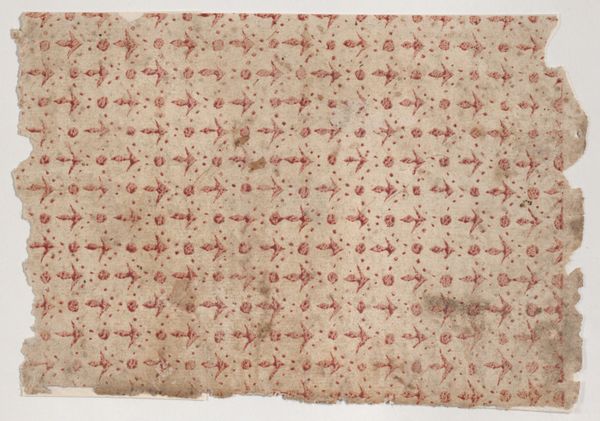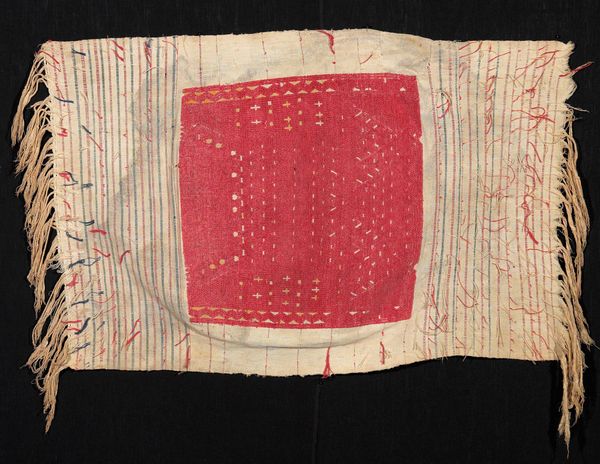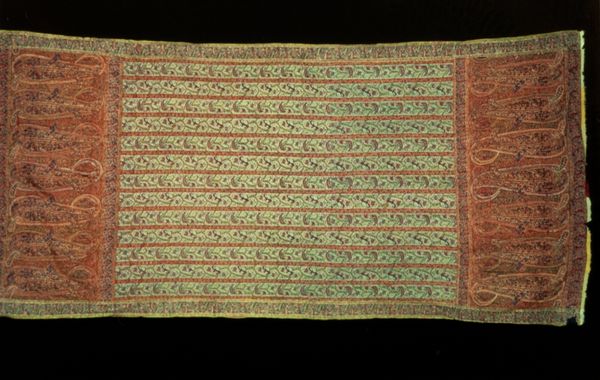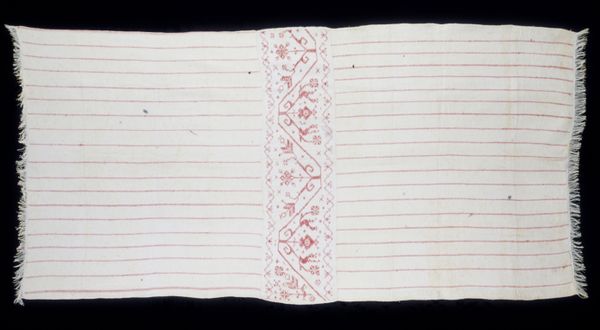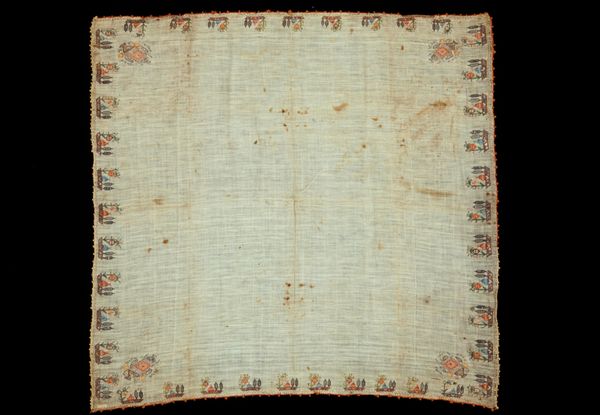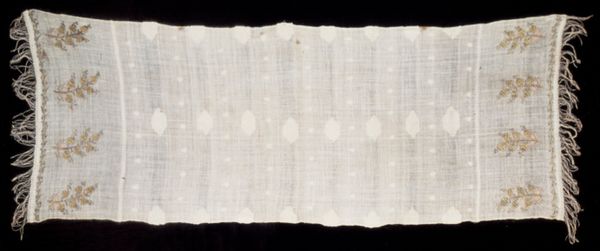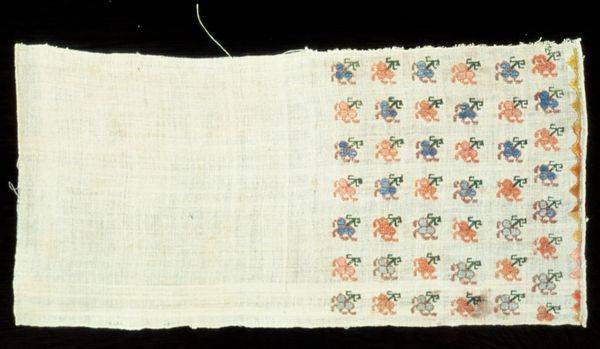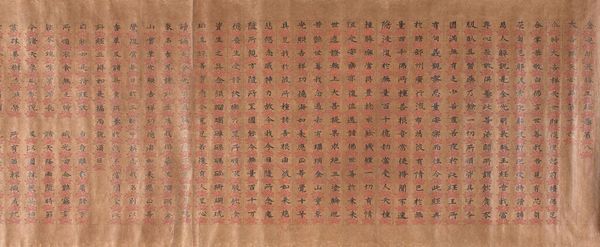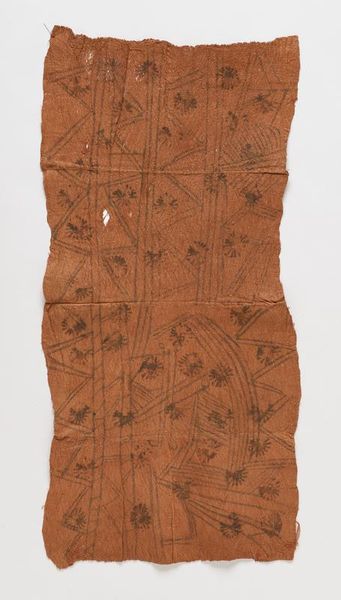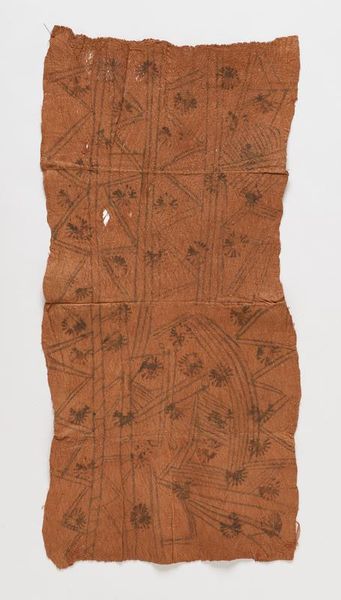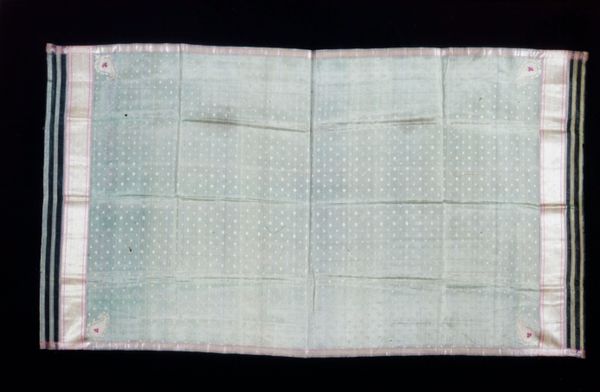
silk, print, textile
#
silk
# print
#
pattern
#
asian-art
#
textile
#
mixed media
Dimensions: 151 x 36 1/2 in. (383.54 x 92.7 cm)
Copyright: Public Domain
Editor: Here we have an anonymous, circa 19th-century Turban Cloth made of silk and textile. The repetitive patterns feel almost like a meticulously designed wallpaper. What can you tell me about this piece? Curator: It's fascinating to consider this turban cloth through a materialist lens. Think about the journey of the silk itself – from silkworm cultivation, to the complexities of weaving, and then the printing process. What can that tell us about global trade networks and colonial power dynamics during the 19th century? Editor: That's an interesting way to think about it! I was focused on the aesthetics. Curator: The aesthetics are integral, but inseparable from the material conditions of its creation. How accessible would the dyes have been? Who had the specialized knowledge to execute these prints? The answers point towards specific socio-economic structures and patterns of consumption. Was this mass produced, or made in small batches? The type of labor and machinery that went into making this would affect our understanding. Editor: So, you are saying understanding the ‘how’ and ‘who’ is as important as appreciating the pattern itself? Curator: Absolutely. We should also note it is not ‘fine art’ hanging on the wall of a museum; it's an object meant for everyday life. By exhibiting such objects, are we blurring the boundaries between art and craft, questioning those historical hierarchies of value? What is our museum's relationship to colonial collections, too? Editor: That really changes how I see it. It is not just a pretty piece of cloth but evidence of a whole world of production. Curator: Exactly. It encourages us to see the labour, resources and cultural exchange embedded in its materiality.
Comments
No comments
Be the first to comment and join the conversation on the ultimate creative platform.
